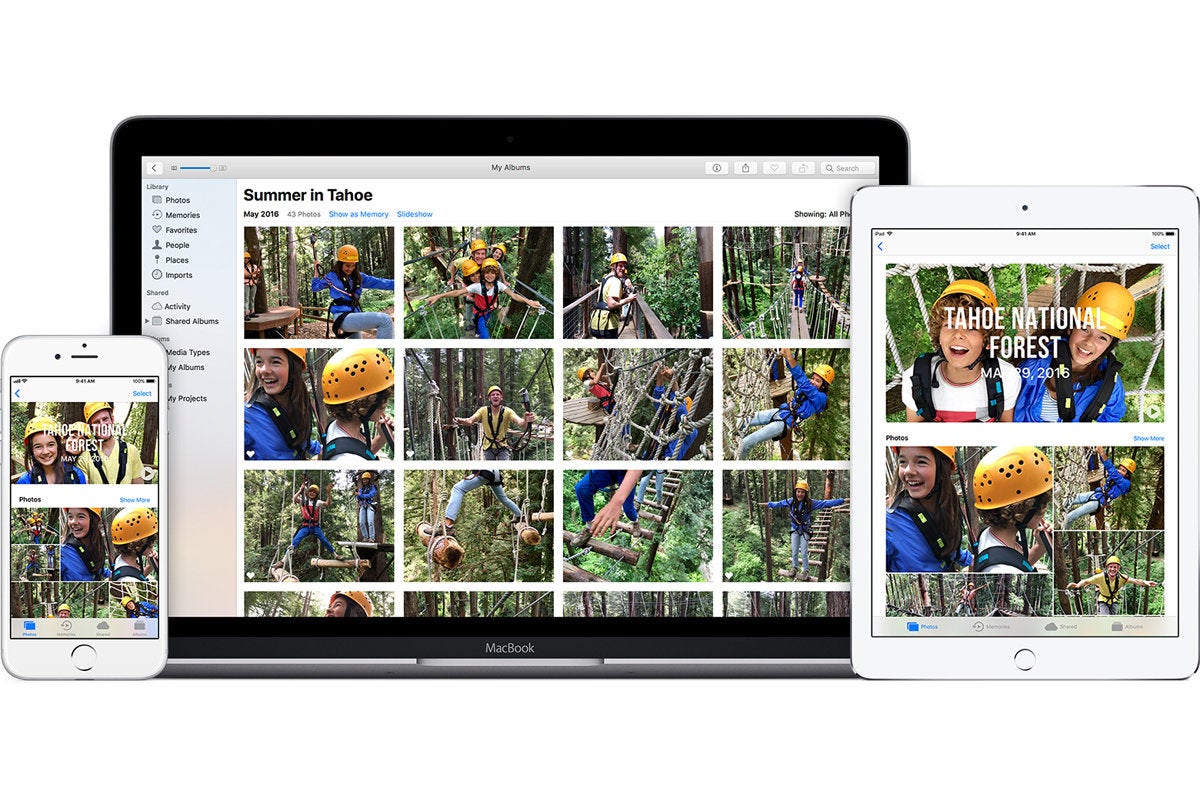- I Have 50 Gb Of Iphoto Library On Mac 2017 Youtube
- I Have 50 Gb Of Iphoto Library On Mac Computer
- I Have 50 Gb Of Iphoto Library On Mac And Cheese
- I Have 50 Gb Of Iphoto Library On Mac Free
iPhoto is part of Apple's iLife suite and is available for iPhone, iPad, and Mac. The iPhoto app not only helps you keep your photos organized, it also allows you to edit and enhance your photos, share them, and more.
I Have 50 Gb Of Iphoto Library On Mac 2017 Youtube

May 07, 2015 A window will pop up with a number, which in my Mac’s case was over 236GB between a number of different photo libraries — Apple’s Photo Booth, Aperture, iPhoto, and Photos, just to name a few. Aug 24, 2015 To test this theory, I deleted my iPhoto library on my other Mac to see how much storage was freed up. For those wondering, my iPhoto library was 35.99 GB and my Photos library was 41.16 GB. You can see the before and after results on my hard disk space below. I was able to free up over 20 GB of space. So I’m not sure what I think about hard.
I Have 50 Gb Of Iphoto Library On Mac Computer
Feb 21, 2020 Download EaseUS iPhoto recovery software and apply provided methods here to recover deleted iPhoto Library with photos on Mac. If the attempt to restore iPhoto Library from time machine failed, don't worry and EaseUS Data Recovery Wizard for Mac is ready to help.

The iLife suite and iPhoto have been available on the Mac for many years. Originally iPhoto was one of the only ways you could import, save, and share photos on your Mac. Over time it evolved into an editing and sharing tool. iPhoto is essentially a slimmed down version of Apple's popular photo management app, Aperture. iPhoto lets you sort your photos into events and albums. You can choose to sort through photos manually or let iPhoto split them off according to when you took them. You can also use the Faces feature of iPhoto to filter and search for photos of specific people quickly and easily.
I Have 50 Gb Of Iphoto Library On Mac And Cheese
In the summer of 2012, Apple brought iPhoto to both the iPhone and iPad. It brought with it many of the enhancements and tools Mac users had been able to use in iPhoto for years. For those that want to share photos, iPhoto on iOS lets you publish collections of photos to iCloud via the iCloud Journals feature. Unfortunately iPhoto for iOS and OS X can't yet sync albums and events wirelessly via iCloud, which would make it the ultimate way to sort and organize your photos across both platforms.

iPhoto is available for free with any new Mac and any new iPhone or iPad purchased after September 1, 2013. You can grab it for both iOS and OS X via the links below.
- iPhoto for iOS - $4.99 (free for newer iPhone and iPad owners) - Download Now
- iPhoto for Mac - $14.99 (free for newer Mac owners) - Download Now
I Have 50 Gb Of Iphoto Library On Mac Free
We may earn a commission for purchases using our links. Learn more.
Unnecessary folders in the library on mac pro. The Library Folder on your Mac contains Preference Files, Caches, and Application Support Data. While regular Mac users may not find the need to access the Hidden Library Folder, advanced Mac users will at times come across the need to access files inside the Library Folder for. Jan 12, 2020 Apple hides the Library folder by setting a file system flag associated with the folder. You can toggle the visibility flag for any folder on your Mac; Apple just chose to set the Library folder's visibility flag to the off state by default. Sep 27, 2016 If you don’t want to open “Go To Folder” every time you want to access the Library, you can unhide the folder for good. To do this, open Finder, and head to your Home folder. You can do this by clicking the name of your username in the sidebar, or by pressing Command+Shift+H on your keyboard.
If there’s no music there, you can just replace the folder. (Note that you’ll lose any playlists, play counts, and the like associated with those files, however.)Once you’ve copied the iTunes folder to the Mac, you can launch iTunes. If there is already an iTunes folder, it means you’ve launched iTunes at least once on the Mac. Since iTunes uses the same file format for both Mac and Windows, the program will be able to read your iTunes Library file and it will show your music, videos, podcasts, and so on with playlists, ratings, play counts, and the like. However, if you’ve already added music, you won’t be able to merge the libraries; in the iTunes Media folder, found in the iTunes folder, move the Music folder to your desktop and add those files into iTunes after you’ve completed this process. How to download itunes library to computer.